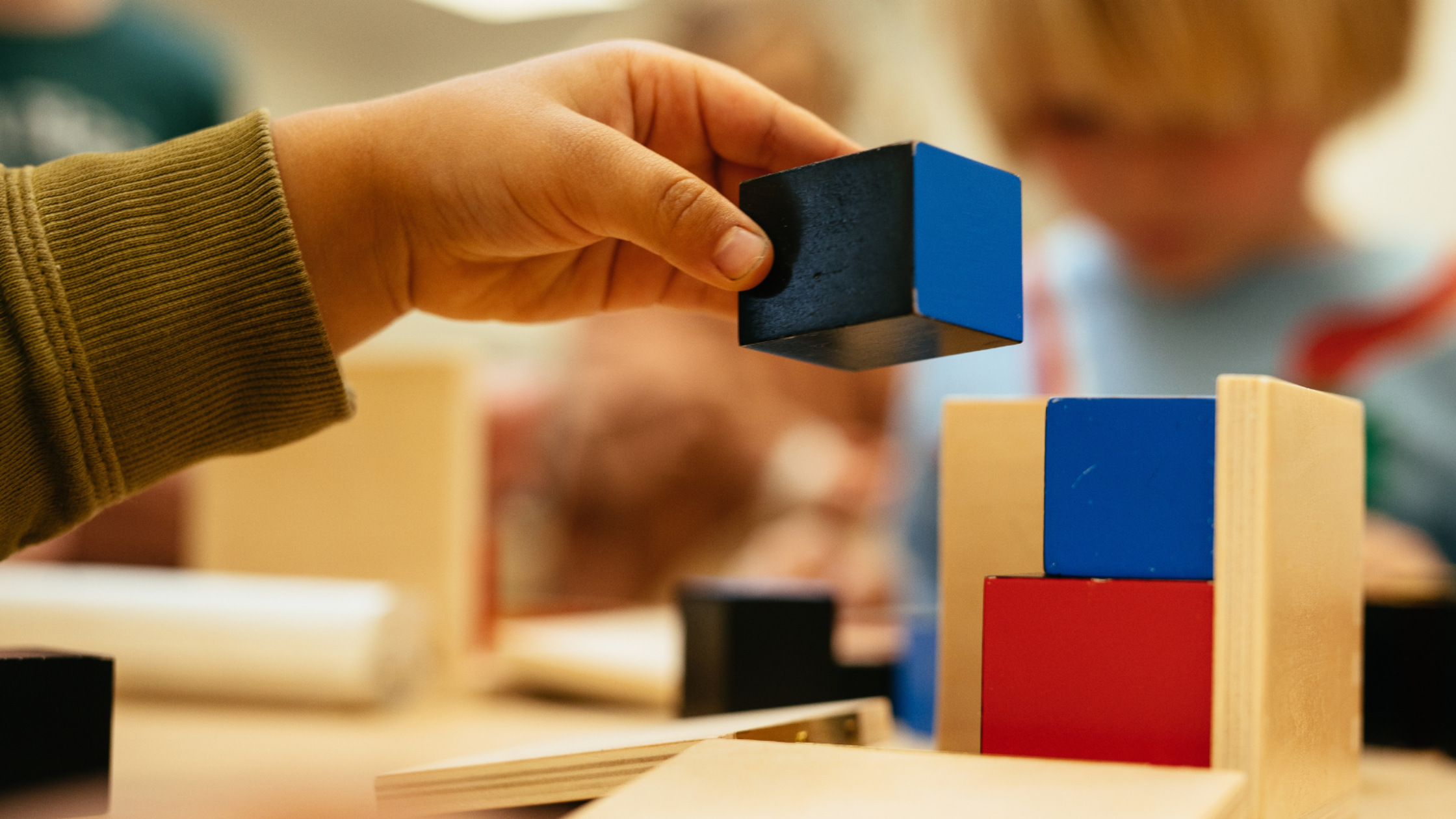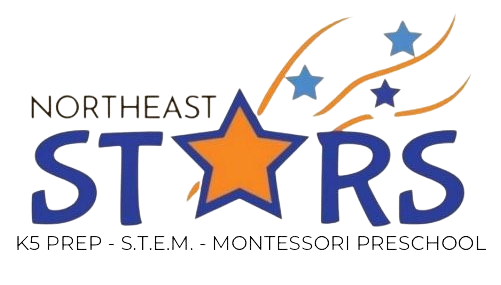The Montessori Advantage: Your Top Questions Answered

Choosing the right educational path for your child is an important decision, and as parents explore Montessori education, they often have questions about how it works. At Stars Montessori, we believe in fostering curiosity, independence, and a lifelong love of learning—but what does that look like in practice?
Here, we answer some of the most common questions about Montessori education and what makes it unique.
How many students are typically in a Montessori class?
Montessori classrooms are designed as collaborative learning communities, where children of mixed ages learn together. Rather than limiting class sizes to very small groups, Montessori values the benefits of a larger classroom with 20–30 students whose ages span 3 years.
This setup creates a natural mentorship dynamic:
– Older students serve as role models, reinforcing their knowledge as they help younger peers.
– Younger children gain confidence, seeing what lies ahead and receiving guidance from more experienced classmates.
For infant and toddler programs, classes are typically smaller, with 10–15 children, ensuring a nurturing environment with individualized attention.
How can children learn if they’re free to do whatever they want?
One of the biggest misconceptions about Montessori education is that children are allowed to do whatever they please. In reality, Montessori provides freedom within structure.
– Children choose their own work—but from carefully curated materials and activities prepared by their teacher.
– Each child’s learning is guided by their interests while ensuring they build a strong academic foundation.
– As children grow, they set learning goals and develop work plans with the teacher’s support.
The result? Motivated, self-directed learners who take pride in their education.
Why are Montessori schools all work and no play?
They aren’t! In Montessori, work and play are one and the same.
Dr. Maria Montessori recognized that children’s play is actually their way of learning and mastering their world. Out of respect for this, she referred to classroom activities as “work.” But make no mistake—Montessori students love what they do because their learning is driven by curiosity and joy.
If children work at their own pace, don’t they fall behind?
Not at all! Montessori education ensures that each child progresses at a pace that is right for them, preventing gaps in understanding.
– The teacher observes each child’s progress closely, introducing new lessons when they’re ready.
– Children build upon previous knowledge, preventing the frustration that often comes from being pushed too quickly.
– No child is forced ahead before mastering a skill, reducing stress and increasing confidence.
This approach ensures that students develop a deep, lasting understanding of concepts rather than just memorizing information.
Do Montessori teachers follow a curriculum?
Yes! Montessori education covers the same fundamental subjects—math, science, language, geography, and history—but presents them in a way that emphasizes connections between disciplines.
While studying a map of Africa, for example, students may explore the art, history, and inventions of several African nations. This may lead them to examine ancient Egypt, including hieroglyphs and their place in the history of writing. The study of the pyramids, of course, is a natural bridge to geometry.
This integrated approach fuels curiosity and deep learning, helping children see the bigger picture rather than memorizing isolated facts.
Do Montessori students have the same teacher for all subjects?
Montessori teachers are generalists trained to guide students across multiple subjects, creating a seamless learning experience.
However, many schools, including ours, also bring in specialists for subjects like:
– Art
– Music
– Foreign language
– Physical education
– Science
This ensures children receive both broad and specialized instruction while maintaining the holistic Montessori approach.
Can Montessori accommodate gifted children or those with varied learning styles?
Absolutely! Montessori classrooms are designed to meet each child where they are—whether they need extra support or more challenging material.
– Advanced learners can explore more complicated concepts without being held back by a rigid curriculum.
– Children who need more time receive the patience and guidance they need to progress at their own pace.
Montessori recognizes that every child has unique strengths and learning styles, and the environment naturally adapts to support individual growth.
Are Montessori schools expensive?
Investing in Montessori education is an investment in a child’s lifelong love of learning.
Montessori schools vary in cost. Since most are independently owned, tuition rates depend on location, school resources, and class offerings. However, options exist for families who need assistance. Many private schools offer discounts.
At Stars Montessori, we offer sibling discounts and veteran discounts. Reach out to us to learn about our flexible payment options!
How well do Montessori students perform compared to traditional students?
Research suggests that Montessori students often perform as well as—or better than—their peers in traditional schools.
The research suggests that in academic subjects, Montessori students perform as well as, or better, than their non-Montessori peers. In one study, for example, children who had attended Montessori schools at the preschool and elementary levels earned higher scores in high school on standardized math and science tests. Another study found that the essays of 12-year-old Montessori students were more creative and used more complex sentence structures than those produced by the non-Montessori group.
The research also shows Montessori students have greater social and behavioral skills. They demonstrate a greater sense of fairness and justice, for example, and are more likely to choose positive responses for dealing with social dilemmas.
By less stringent measures, too, Montessori students seem to do quite well. Most Montessori schools report that their students are typically accepted into the high schools and colleges of their choice.
And many successful grads cite their years at Montessori when reflecting on important influences in their life.
Looking for a Montessori school?
Montessori education is a unique and powerful approach to learning, designed to nurture confident, curious, and capable individuals. If you’re considering Montessori for your child, we invite you to visit Stars Montessori and see the magic of hands-on, child-led learning in action.
Schedule a tour today to experience the Montessori difference firsthand: bit.ly/NEStour
